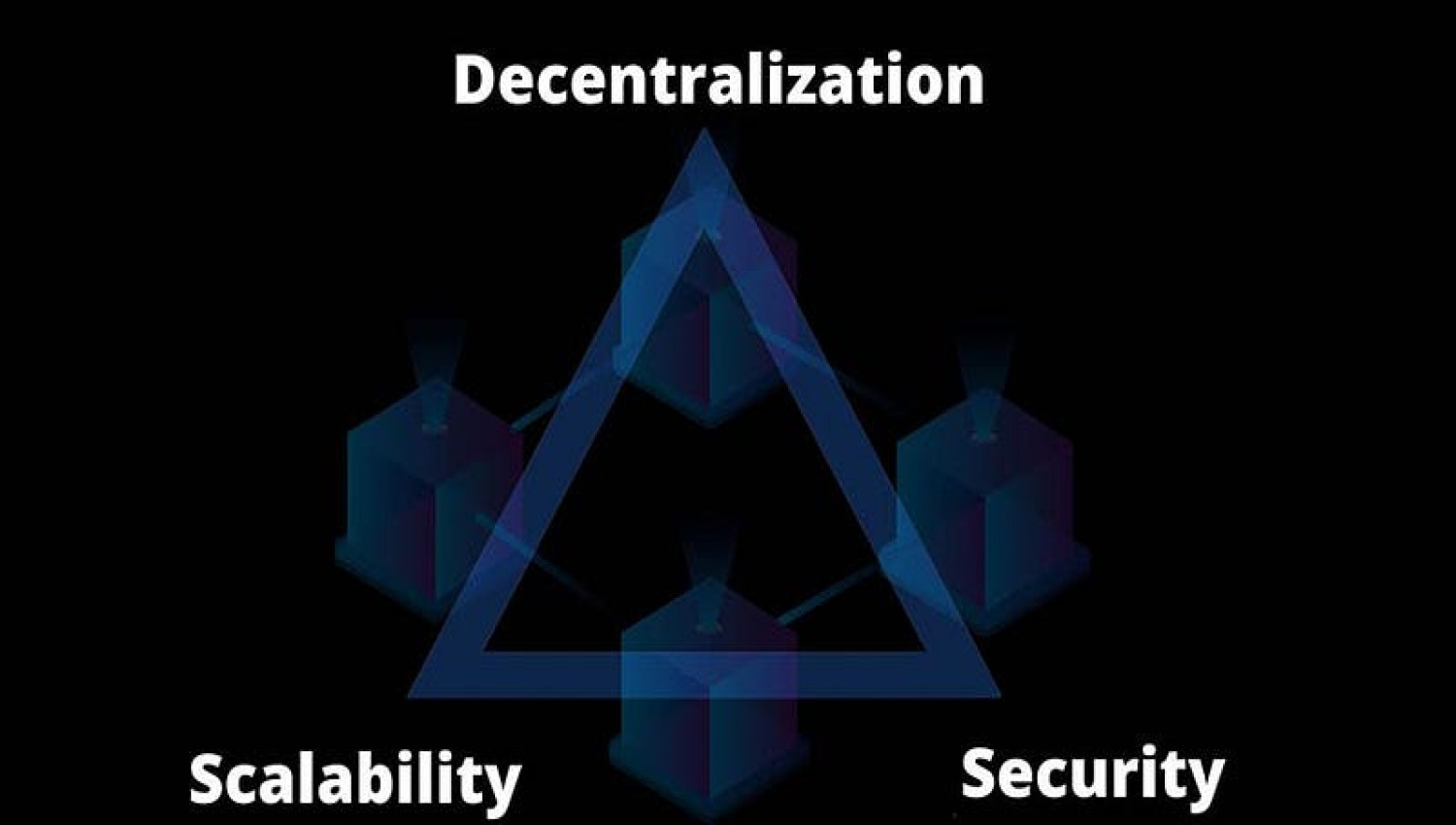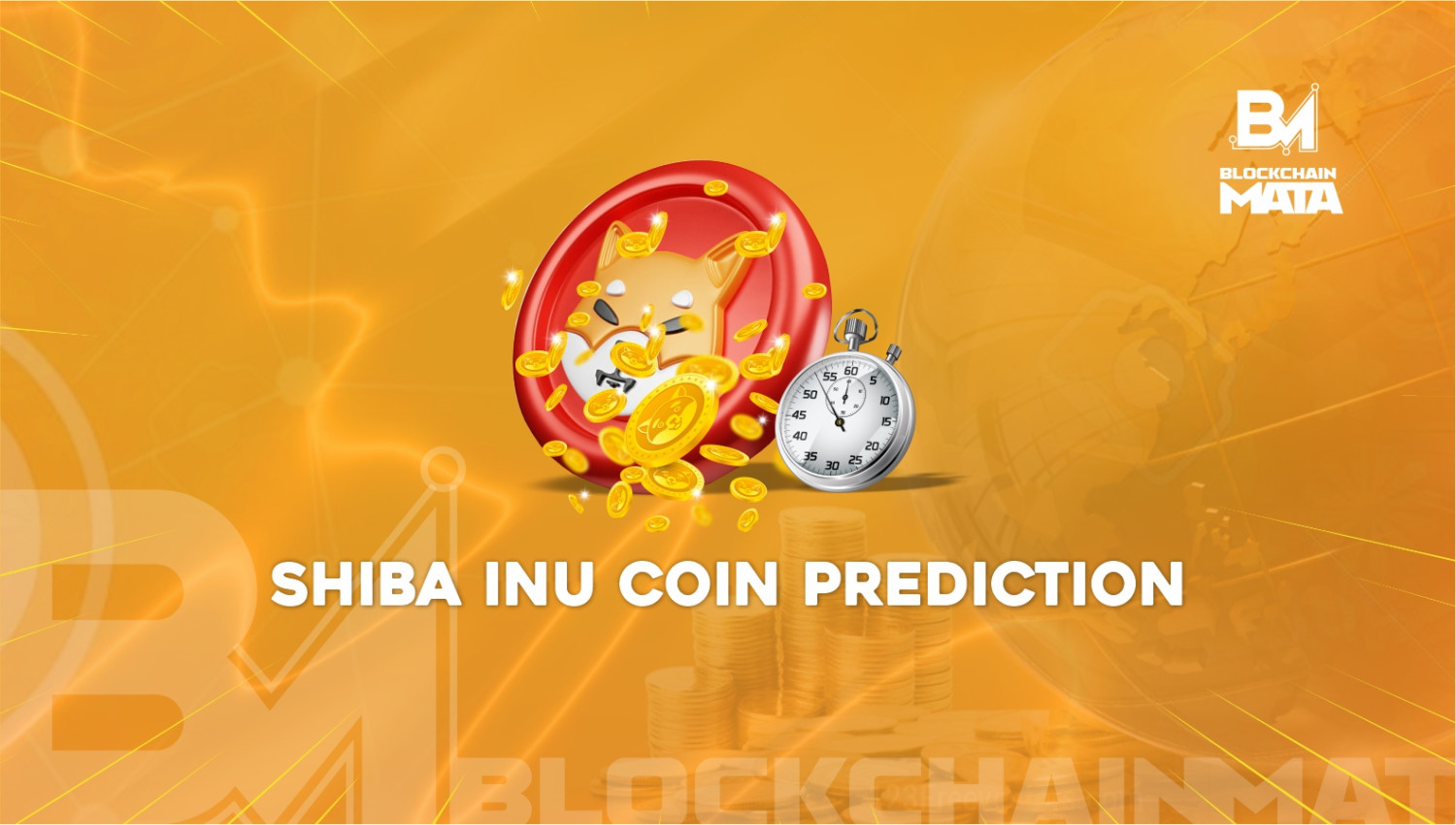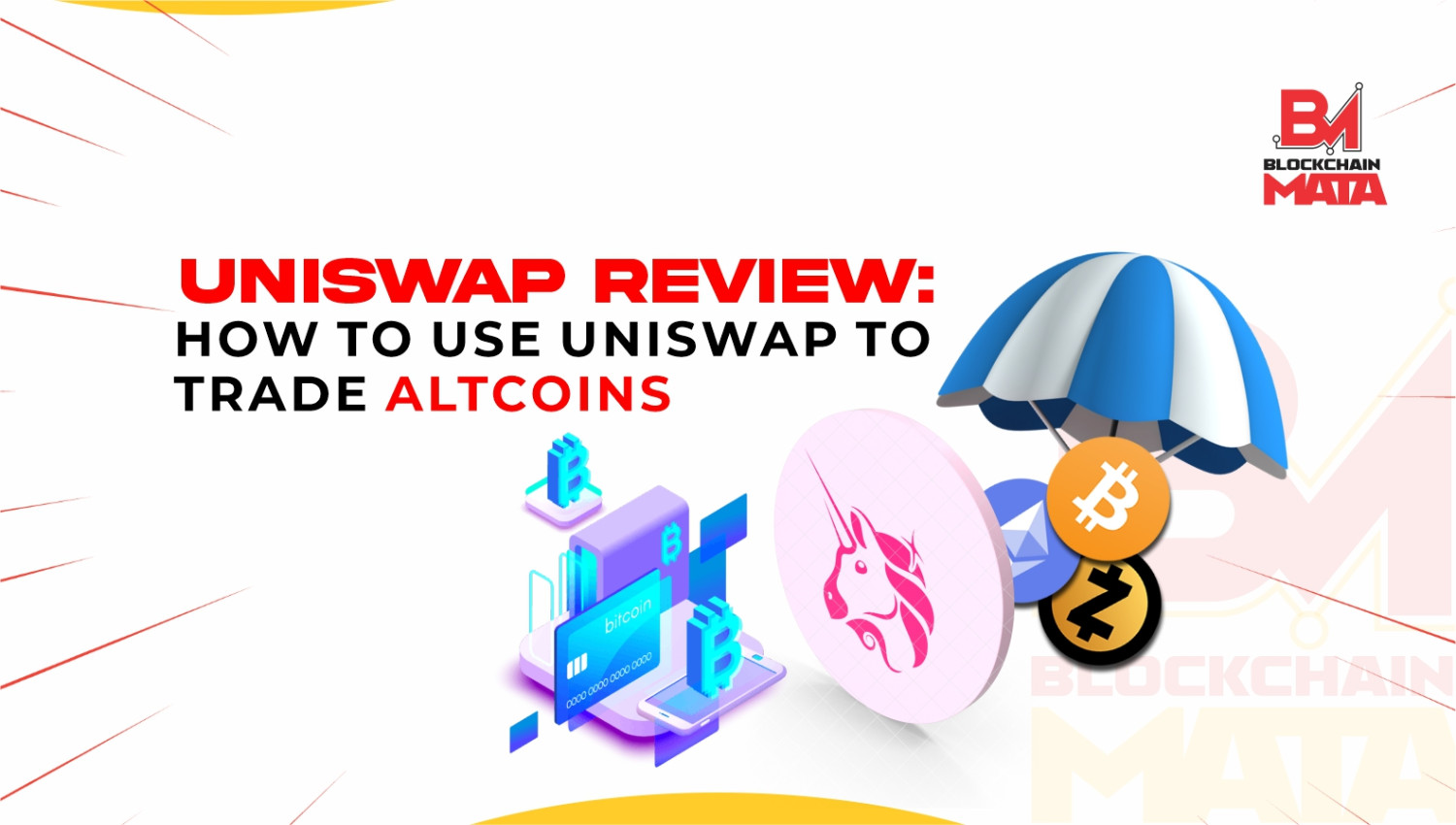The Blockchain Trilemma.
1 year ago By Okpala Oluchukwu

Introduction
You know that popular phrase, ‘‘You can’t have your cake and eat it too?”, well that simply explains the blockchain trilemma in my opinion. Why? Because the blockchain TRIlemma speaks of a set of three problems the blockchain is faced with. Decentralization, security, scalability. All three co-exist but do not live in harmony. Usually, the blockchain attains two and struggles to attain the other. As the key concept behind the blockchain is decentralization, then a genuinely decentralized network would have to pick between either being scalable or secure. You really can’t have it all, yet.
The Blockchain Trilemma
The ‘blockchain trilemma’ as coined by Vitalik Buterin simply acknowledges that it is difficult for all 3 pillars of a blockchain to attain optimal levels simultaneously. With an indirect proportionality relationship, an increase in one usually leads to a decrease in the other.
At this point, think of how you can do a 9–5, raise kids, and still maintain a healthy social life. Literally breathtaking. The blockchain, however, deals with its own 9–5s and kids and we’d be taking a deeper look into that.
Elements of The Blockchain Trilemma
Decentralization: The key idea behind any blockchain is that it is decentralized; has no central authority or body to answer to. The blockchain is a public ledger connected in a peer-to-peer network, with each node having equal ownership as the next person on the network. There is no centralized authority in a decentralized network.
Security: The blockchain can be said to be ultimately secure, but not totally resistant to hacking. Security on the blockchain refers to the level of resistance that can be offered by that network to bad actors or malicious nodes. Inherently, the greater the number of nodes on a specific network, the higher the level of security. If a hacker is to take control of the network, he would need to control more than half of that network (51%). When they do this, they are able to manipulate, steal, alter, and so on. One would wonder if there is a point to a blockchain without security.
Scalability: Why have a decentralized, secure, and transparent network if your transactions take forever to go through? Scalability in blockchain refers to the ability of the blockchain to process more and more transactions per second. Without scalability in a decentralized system, a centralized system could perform more transactions than the blockchain itself.
These three components are uniquely fundamental, but why can’t they live in harmony? To understand this better, we’ll perform a tag team match with decentralization as a tag to the other two elements because without decentralization, what is a blockchain?
Decentralization and Security
Decentralization is basically the foundation of every blockchain. It proposes the idea that no single entity is in charge of the transactions you perform in the blockchain. There is also no middleman between them too. If you want a mail sent to Jade, it goes straight to her, if you want to receive money, it comes directly to you. What's more? these transactions are stored permanently on the blockchain and can not be altered.
Now, suppose you stored all your documents, files, earnings, and everything, on the blockchain, you would need for that blockchain to be secure. Different consensus mechanisms are employed, and more than half the nodes on the network are needed to validate that transaction before it is added as a block to the blockchain. Plus, the more nodes, the higher the security. Wouldn’t it be easier to attack a network with only 500 nodes than a network with 4000? This would mean taking down 255 computers as compared to 2040 computers (using the minimum of 51%).
So currently, this network has no central authority and has a high number of nodes to scare away hackers, so we bring in scalability.
This is already difficult because if there are 4000 nodes on the network, 2040 would need to validate that transaction before it is added. But with just 500 nodes, only 255 need to validate the transaction. Thus, the lesser the number of nodes, the higher the scalability and the lesser the security. But the higher the number of nodes, the higher the security and the lesser the scalability. Again, you can’t have your cake and eat it. If you want a decentralized, secure network, you’re forfeiting scalability, like Ethereum with over 500,000 nodes but less than 30 transactions per second. And if you choose a decentralized, scalable network, you’re forfeiting security, like Solana with only 1000 nodes and over 60,000 transactions per second.
Although, if there is no scalability, wouldn’t that just make blockchain frustrating? Suppose an old father wants to put his will or titles on the blockchain before he passes, would his heart support the ever-so-tiring wait? Yet what if it was fastly validated and put on the blockchain? would the 255 nodes be able to keep it free from hackers? This brings about the need for the solutions to Blockchain Trilemma.
Solutions to The Blockchain Trilemma
With the nature of the problem, there have been varieties of approaches to solving the problem depending on the need of the network. Some of these solutions include:
Sharding: This is a solution for Layer 1 blockchains (blockchains that don't rest on other networks). It involves breaking down the blockchain into smaller segments that will manage only a specific type of transaction, much like the division of labor. Each broken-down segment is known as a shard, and they work their own ledger. Basically, these shards would then be responsible for validating specific kinds of transactions rather than having the entire blockchain validate different kinds of transactions.
State Channels/Layer 2 Solutions: State channels involves creating a medium for you to transact without interacting directly with the main blockchain. Instead, channels comprising individuals are set up for such transactions. These channels are run by smart contracts and provide instantaneous transactions between individuals. The blockchain only records the start and end of the channels, as everything in between is already governed by smart contracts.
Consensus Mechanism: Mechanisms like PoW and PoS could also affect the blockchain trilemma. PoW requires miners with a massive amount of computational power to be able to solve mathematical problems before transactions are validated and stored on the network. This can be very secure, but time-wasting. In PoS, however, nodes just need to stake tokens, and transactions are validated by the outcome.
Conclusion
The blockchain Trilemma might be said to be one of the reasons hindering mass adoption of the blockchain tech. A definite solution to this problem will pave a way for the technology to achieve its full potential, and even with the trilemma, the blockchain still advances tremendously and gets attention daily. A decentralized, scalable, and secure blockchain might not be so far.



